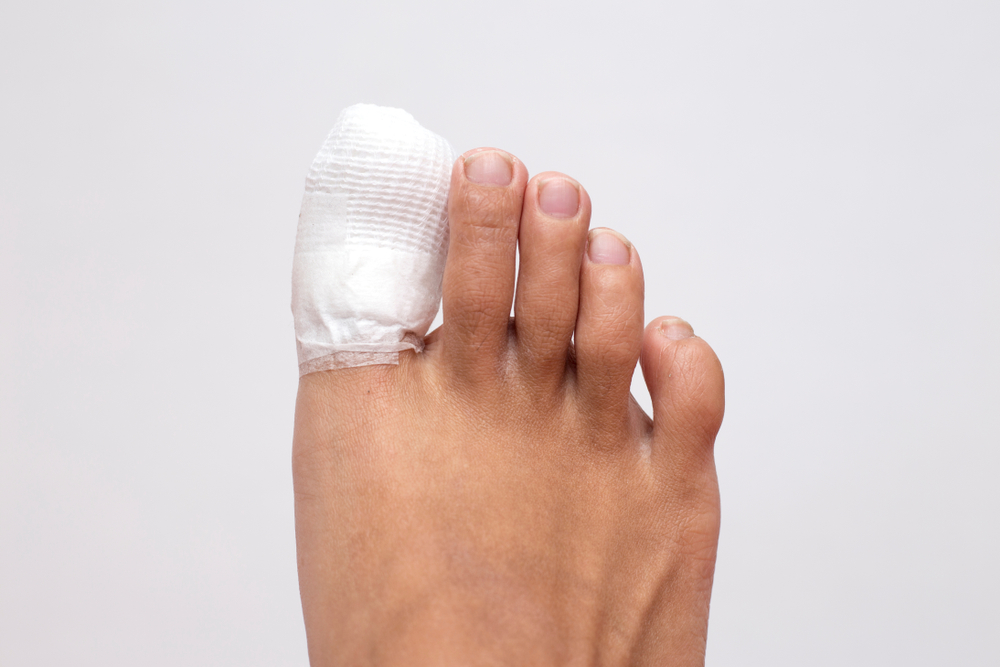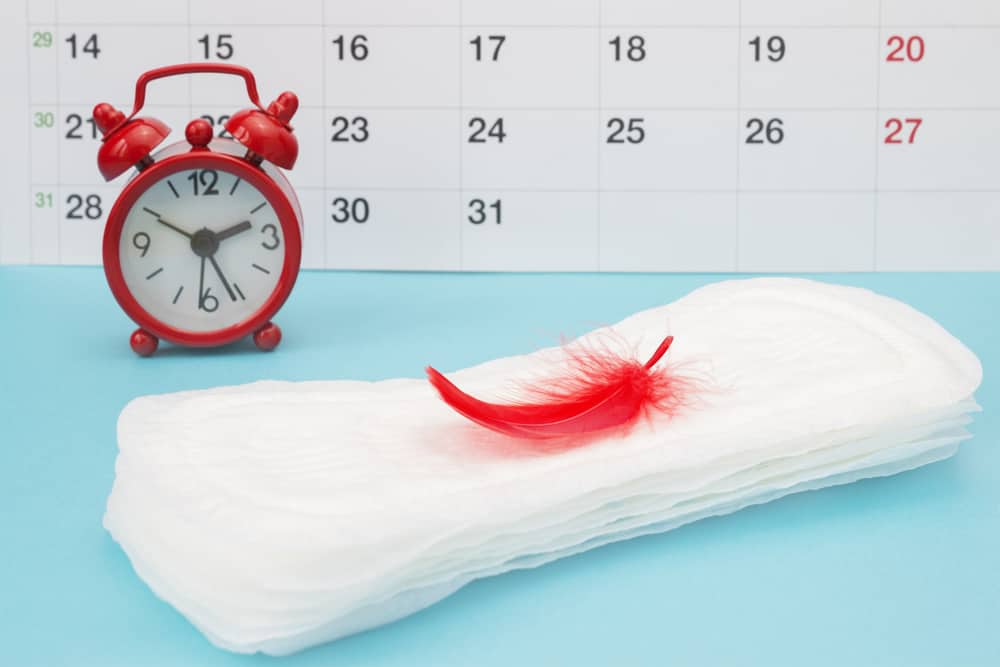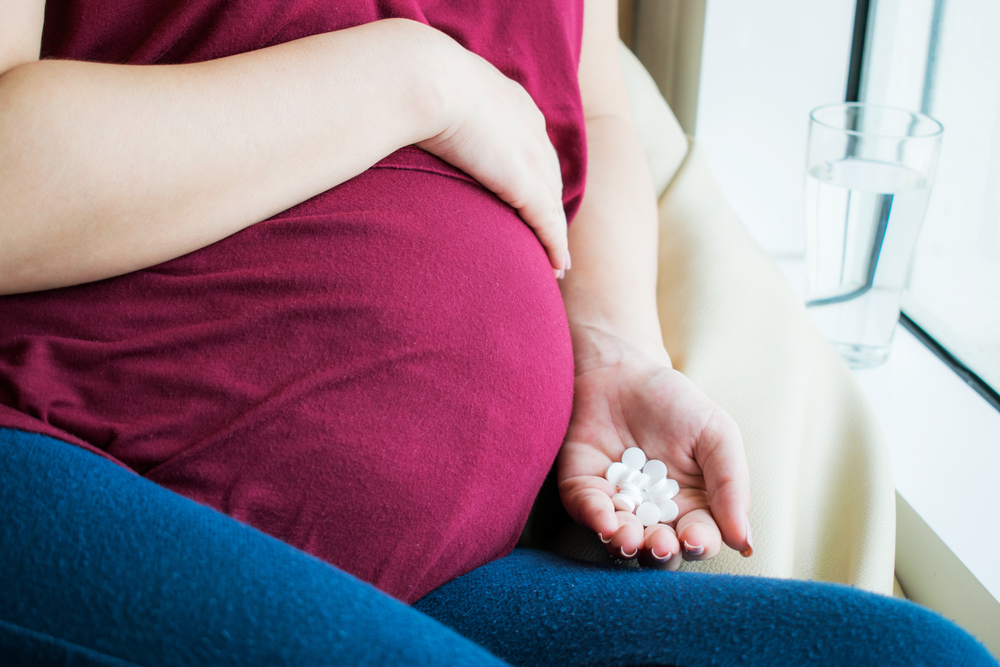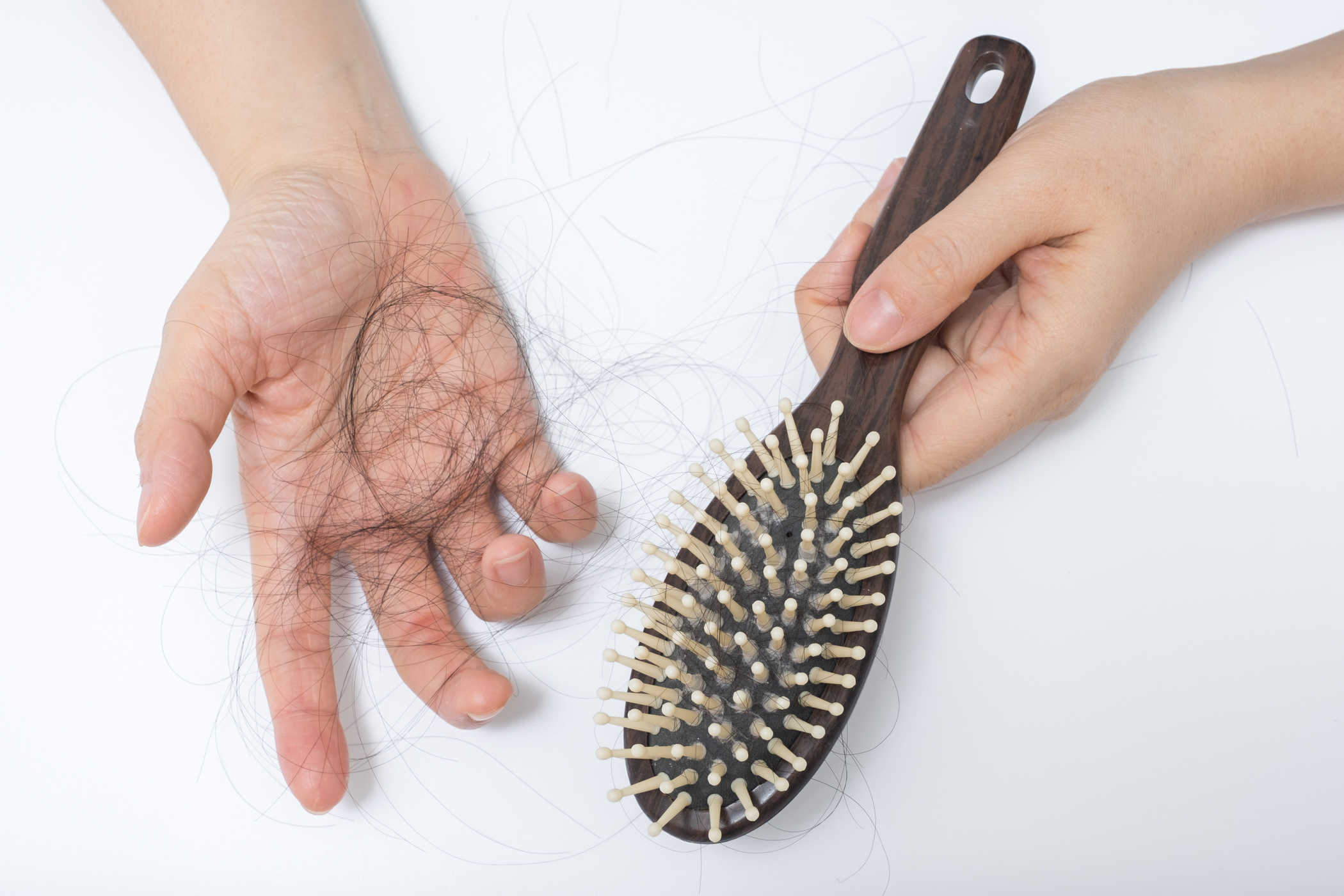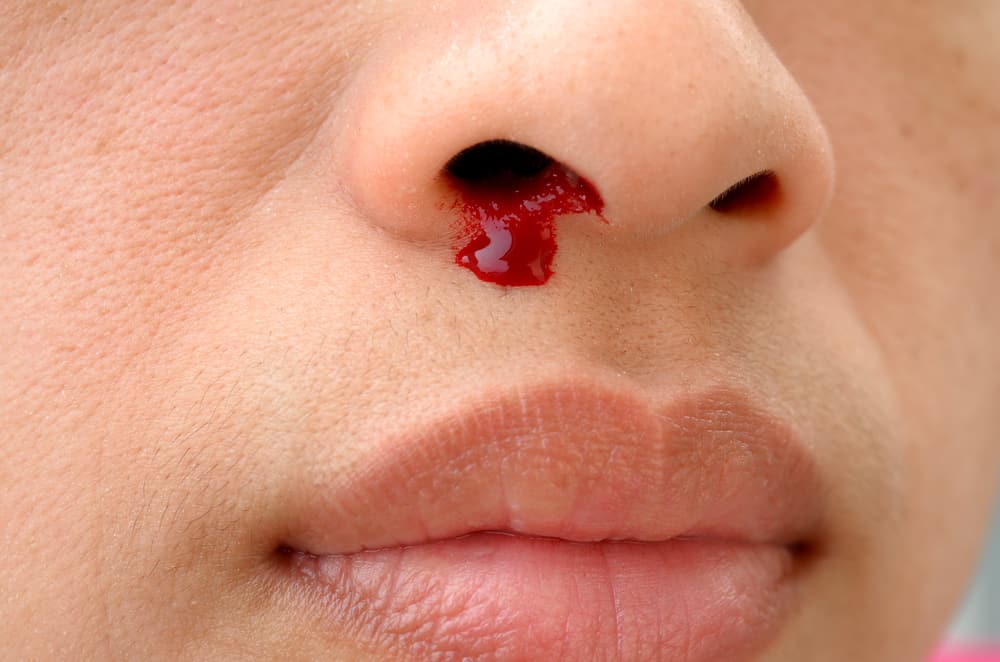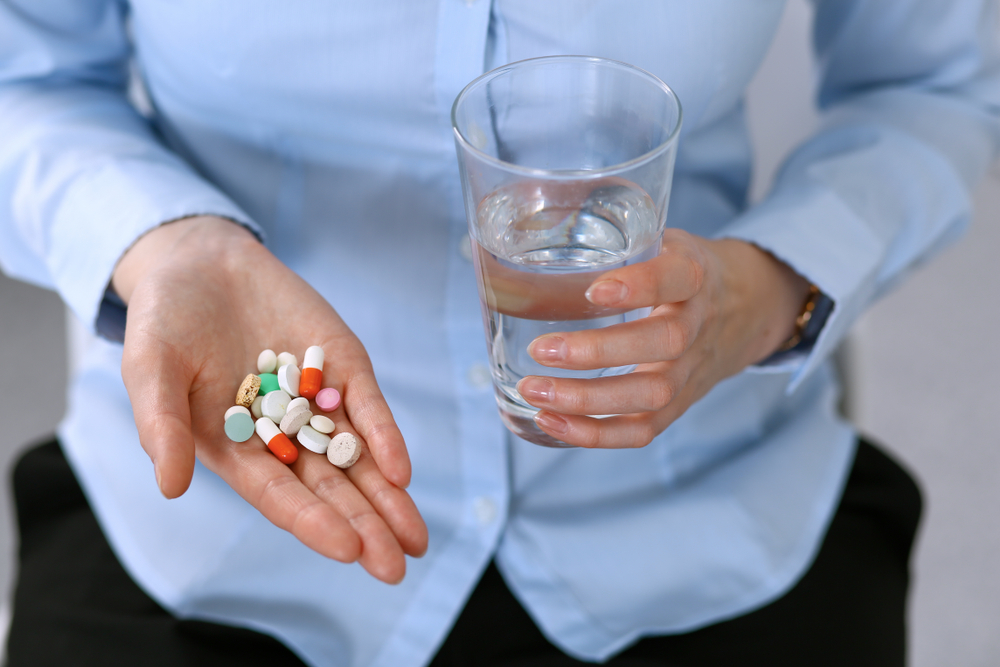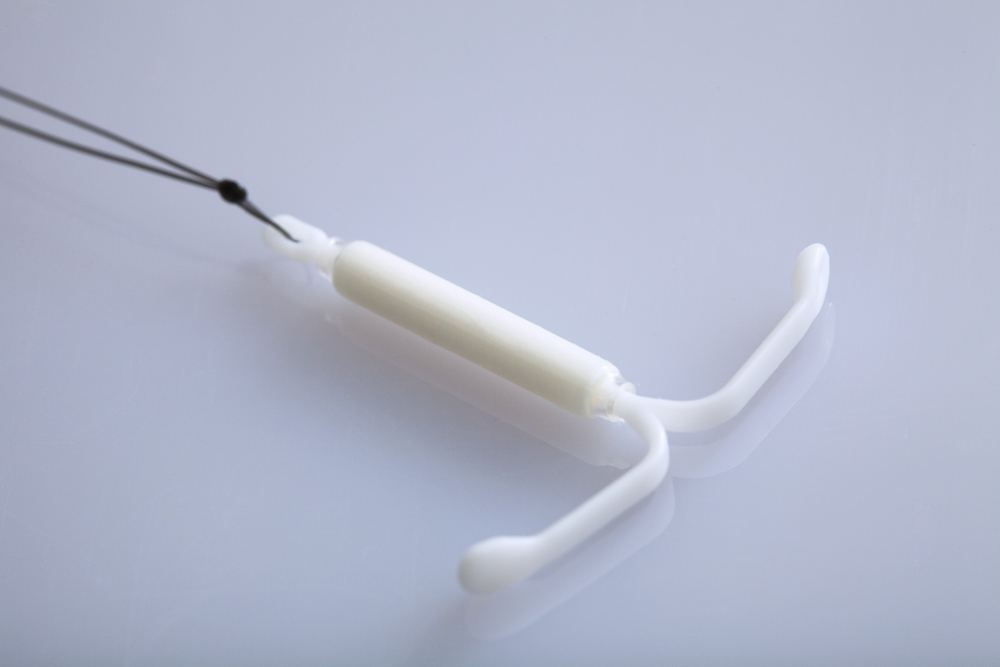Contents:
Medical Video: Vaginal Diseases - Symptoms, Causes, and Treatments
Bacterial vaginosis (BV) is a vaginal infection caused by bacteria. Usually, inside the vagina there are colonies of "good" bacteria and "bad" bacteria. Good bacteria are responsible for regulating the ecosystem in the vagina while controlling the growth of bad bacteria. In someone who has bacterial vaginosis, the balance between these two bacteria is disrupted. Inside the vagina there are not enough good bacteria and too many bad bacteria.
Experts don't know exactly what causes this imbalance in the bacterial population. However, there are some things that are thought to increase your risk of bacterial vaginosis:
- Having more than one sexual partner, or having a new sexual partner - BV is more commonly found in sexually active women, but those of you who are still unable to contract this condition
- Do vaginal douche(cleaning the vagina with a kind of spray)
- Smoke
Bacterial vaginosis is generally a mild problem that can disappear on its own in a few days. However, this condition can lead you to other, more serious problems. Therefore, it is recommended that you see a doctor to get the right diagnosis and treatment.
Signs and symptoms of bacterial vaginosis
Signs and symptoms of bacterial vaginosis may include:
1. Foul-smelling leucorrhoea
Foul-smelling vaginal discharge is the most common symptom of bacterial vaginosis. The vagina that has been affected by BV shows a whitish, grayish, or yellow white vaginal discharge, also very strong fishy smell - which may get worse after sex. The texture of the whitish liquid may also look foamy or runny.
Many things can cause abnormal vaginal discharge, including some types of sexually transmitted diseases. Meet your doctor immediately to run a test and get the right treatment.
2. Pain when urinating
Pain during urination is a common sign of a bladder tract infection (UTI). UTI can be caused by a bacterial infection - such as bacterial vaginosis - or inflammation of the bladder tract.
There are several other medical conditions that can cause a pain sensation when urinating. Besides BV, you may also complain of the same condition if you have a sexually transmitted infection, such as genital herpes, gonorrhea, or chlamydia.
Even sometimes, the sensation of pain and burning is not caused by infection, but rather from the use of certain products in the genital area. Soaps, lotions and foam baths can irritate vaginal tissue. Chemicals contained in laundry detergents or douche can also cause pain when urinating in sensitive women.
It is very important to get laboratory tests and tests at the nearest hospital to diagnose your complaint, especially if you have pain and have been involved in risky sexual relations, such as unprotected sex or more than one partner.
3. Vaginal itching and irritation
Vaginal itching complaints are commonly found in cases of bacterial vaginosis. Itchy vagina is an uncomfortable, sometimes painful symptom, which generally results from irritation, infection, or menopause. This condition can also occur as a result of certain skin disorders or sexually transmitted diseases. In rare cases, vaginal itching may arise due to stress or vulvar cancer.
Just like BV, vaginal itching does not usually have to be a concern. However, you should see a doctor if the itching is severe or if you suspect that you are showing other symptoms of the underlying condition. Doctors can determine the cause of why your vagina feels itchy through examination and a series of lab tests. The doctor can also recommend the right treatment for your complaint.
All of the above symptoms may be similar to vaginal yeast infections and some other health problems. In addition, many women who have BV can show no signs or symptoms.
What is the difference between bacterial vaginosis and yeast infections?
Bacterial vaginosis and yeast infections are two common causes of abnormal vaginal discharge. Both have the same symptoms, so it may be difficult for you to find out if you have BV or a yeast infection. Only your doctor and nurse team can tell for sure whether you really have bacterial vaginosis.
The difference, leucorrhoea affected by bacterial vaginosis may be milky white or grayish, and also give off a pungent fishy odor. Meanwhile, even though they are the same color, leucorrhoea due to yeast infection has a texture like cottage cheese (humped and slightly runny).
BV is treated with prescription antibiotics, while yeast infections can be treated with free non-prescription drugs that you can buy at the nearest pharmacy. Bacterial vaginosis cannot be treated with over-the-counter yeast infection medicines.
What happens if bacterial vaginosis is not treated?
Bacterial vaginosis generally disappears by itself and does not cause complications. On the other hand, sometimes BV can also cause:
- Pregnancy problems, especially if you have contracted BV during pregnancy. Bacterial vaginosis increases the risk of miscarriage, preterm birth and / or low birth weight (less than 2.5 kg at birth), and bladder tract infection (UTI) after pregnancy.
- Pelvic infection, especially if you have contracted when you run a pelvic procedure, such as caesarean birth, abortion, curettage, or hysterectomy. BV can sometimes also cause pelvic inflammation, an infection of the uterus and fallopian tubes which can increase the risk of infertility
- Increased risk of the spread of sexually transmitted diseases, especially if you have BV and are vulnerable to sexually transmitted diseases, including HIV, herpes simplex, gonorrhea, and chlamydia. Bacterial vaginosos increases your chances of transmitting the virus to your sex partners.
What are the treatments available for bacterial vaginosis?
To treat BV, doctors usually prescribe antibiotics in the form of pills, creams, or capsules (called ovules) that you put into your vagina. If you are pregnant, you will be prescribed pill antibiotics.
This condition will usually subside within 2-3 days after using antibiotics, but the duration of treatment lasts for 7 days. Do not stop using the drug before the prescription period runs out, even if you feel better. Be sure to obey the rules of use and the time period for using the dose.
Antibiotics are the most effective treatment option and have few side effects. However, the use of antibiotics can cause yeast infections. Yeast infections can cause itching on the skin, redness, irritation and abnormal vaginal discharge (thick milk white texture). If during antibiotic treatment you find this symptom, talk to your doctor for the next step to take.
If you have BV, your male sex partner will not need to be treated. But, BV can spread to sex between women. If your sex partner is a woman, you both need to see a doctor. He may also need treatment.
It is still possible to get bacterial vaginosis again later. Learn how to reduce your risk for BV.
READ ALSO:
- Like What Does a Normal Vagina Look Like?
- 7 Mandatory Treatments to Maintain Vaginal Health
- 7 Your Symptoms May Have Genital Disease


